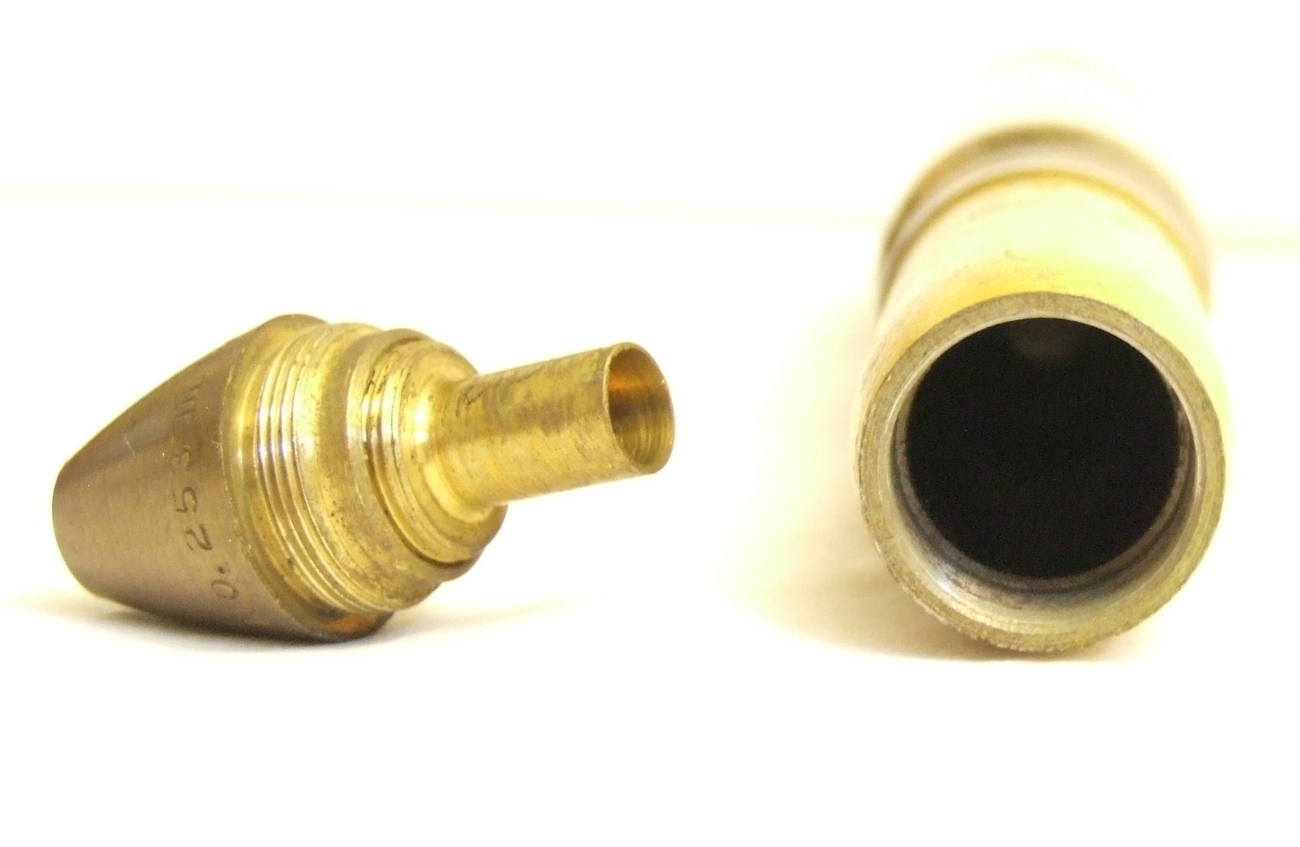20 Mm Drill Cartridges M18a3
This is a drill (practice) cartridge it is now and has always been inert. 75 MM drill cartridge, M2A2 for Pack Howitzer M1. Base reads MOD 1916 DRILL CARTRIDGE BASE FOR 75MM PACK HOW. This round is solid brass and the fuze appears to be copper or at the very least a brass alloy with a higher than usual copper content. Base and fuse unscrew and the threads are good. T is a dent on the very top of the fuse and some old dents around the base of the fuse.
T is also a small dent in the base of the cartridge but it sits perfectly flat. T are obvious splotches of uneven patina on the body of the round.
This item is thick and heavy.20' in length Check out the pics, ask questions. S/H will be exact UPS or FEDEX + $1.00. Insurance is optional.
This article needs additional citations for. Unsourced material may be challenged and removed.Find sources: – ( April 2011) The 20 mm is a specific size of or ammunition.Few weapons (aside from, large game hunting rifles, and heavy caliber muzzleloading 'rampart' or ' popular in the early to mid 19th century European militaries ) have been built to fire projectiles between 12.7mm (such as the ) and 20 mm, though several 13mm, 14.5mm, and 15mm heavy machine guns were used during World War II, such as the MG 131. The is still used by some Soviet machine guns, such as the and such as,.
15mm was also widely used by the Germans during WWII such as in the, and the British as well to a lesser extent in the 15mm version of the, which was used on armored cars and some light tanks.Since 20mm is the cutoff point where most nations switch from to, it has come to also generally be the cutoff point between weapons classified as a machine gun or a cannon. This varies, however. For example, in World War II, Japan classified any weapon over 11 mm as a cannon; thus, in Japanese records, their 12.7 mm aircraft gun is classified as an autocannon, as it used explosive shells to overcome its lower compared to American 12.7mm/ weapons. A machine gun does not fire shells, so historically a weapon that fires shells below 20 mm can be a cannon. An accurate description always mentions, in addition to caliber, whether the weapon fires bullets or shells.A small number of were produced in 20 mm and larger calibers.20 mm have an outside bullet diameter and inside barrel diameter of 0.787 inches (20.0 mm). Projectiles or bullets are typically 75 to 127 mm (3–5 in) long. Cartridge cases are typically 75 to 152 mm (3–6 in) long.
Many but not all 20 mm rounds have an explosive filling and detonating.As an example, the sniper rifle fires a 20×110mm 130-gram projectile at a muzzle velocity of 850 m/s. For a simple slug this gives a muzzle energy of 47 kilojoules.
20 Mm Drill Cartridges M18a3 Size


20×102mm round with. Rounds, and a stick of computer memory.Like most cannon ammunition, armed forces typically use 20 mm caliber weapons against large targets, such as vehicles, buildings, or aircraft. Though lethal against individual soldiers, 20mm ammunition is so large and heavy that its effects are inefficient against relatively small targets.Types of ammunition. (HE).
(HEI). (AP). (SAPHEI). (APDS). (HEF-t). (PELE).
Target Practice - Inert projectile (i.e., PGU-27A/B). Used for training. (TP). Target Practice Tracer - Inert projectile with tracer material in base for visual trajectory tracking (i.e., PGU-30A/B).